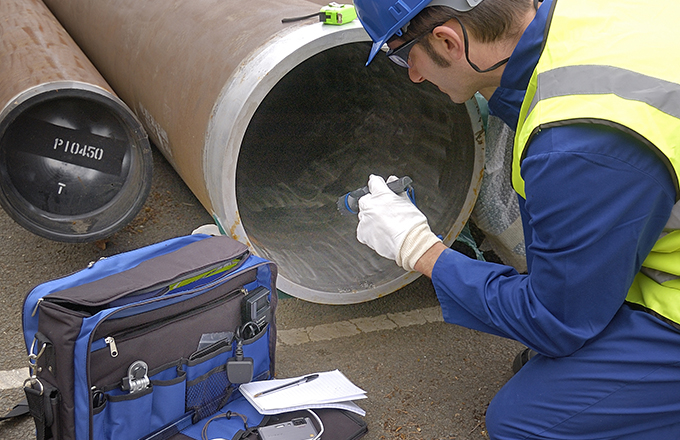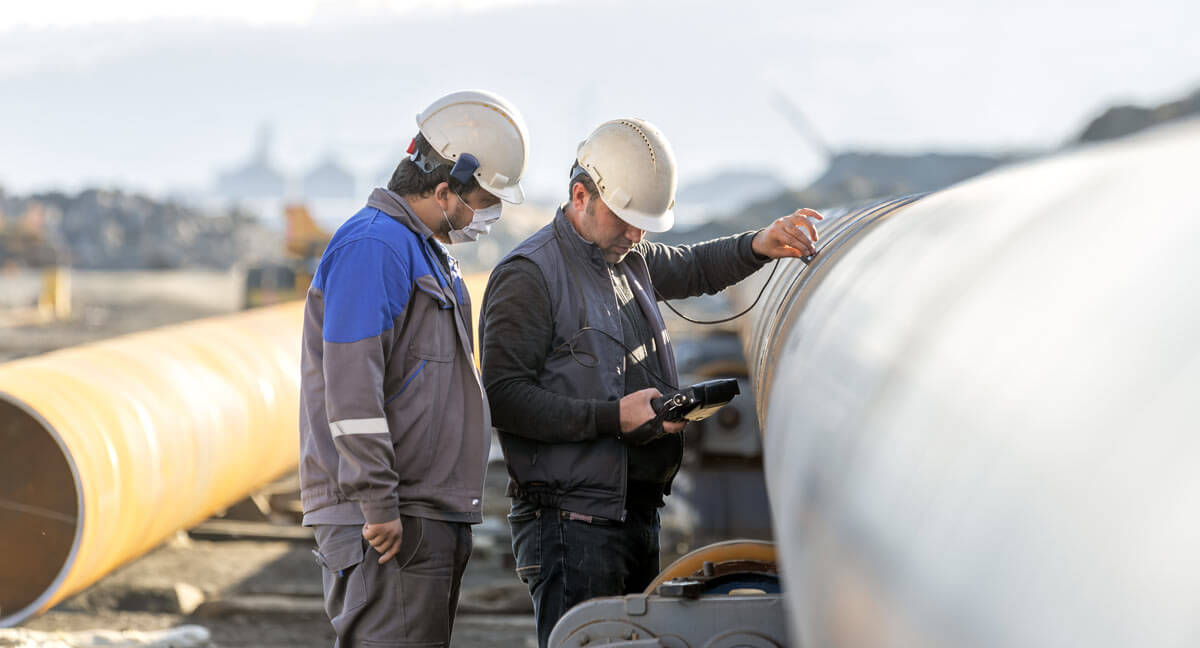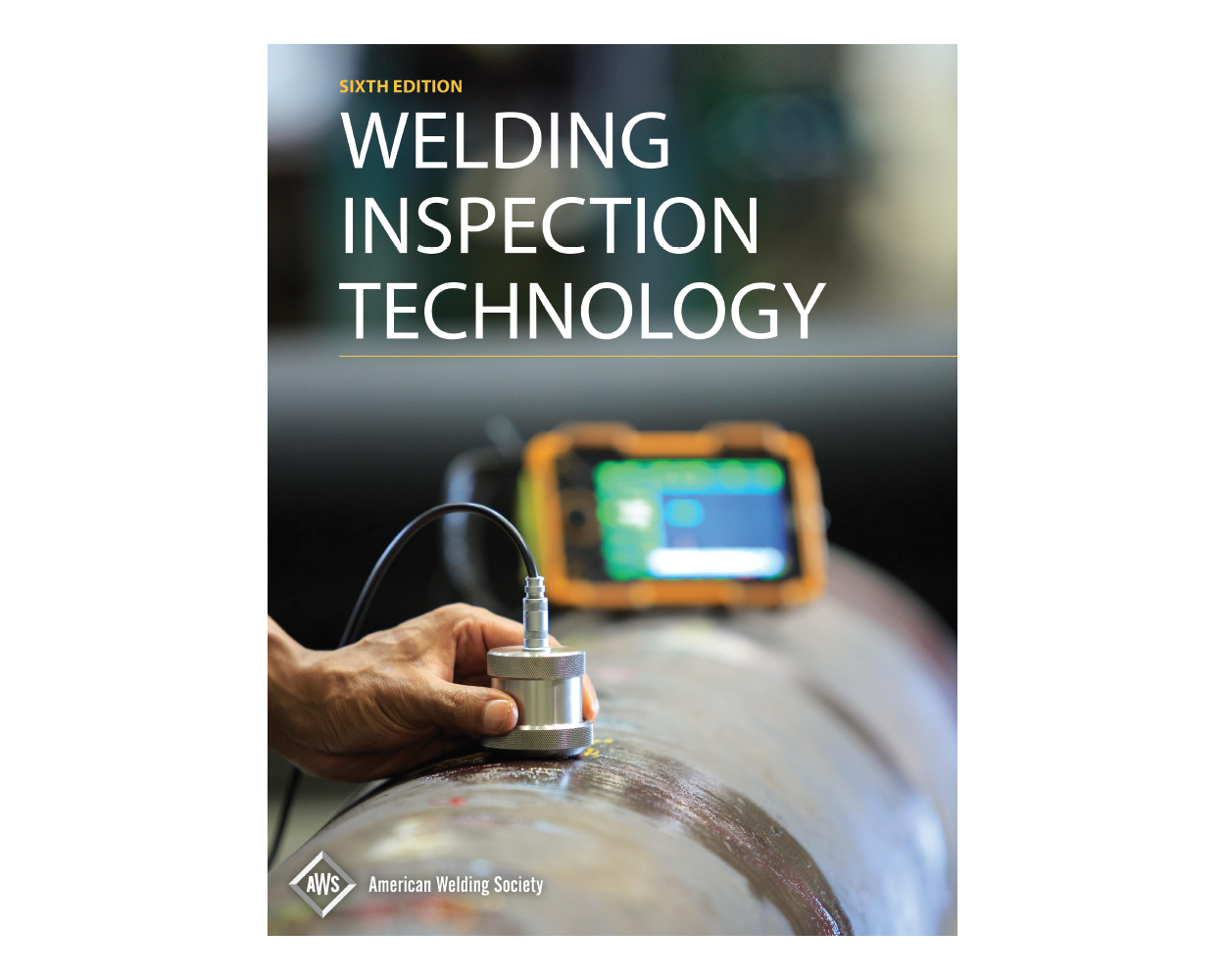A Detailed List for Effective Welding Inspection Practices
In the realm of welding, the honesty of structures is paramount, requiring an extensive technique to inspection techniques. Exploring these essential parts can produce understandings that profoundly influence welding procedures.
Recognizing Welding Specifications
Welding requirements play a vital role in guaranteeing the high quality and safety of welded structures and elements. These requirements establish the standards for products, procedures, screening, and examination, consequently supplying a framework for consistent top quality guarantee in welding processes. Different companies, consisting of the American Welding Culture (AWS), the International Organization for Standardization (ISO), and the American Society of Mechanical Engineers (ASME), have actually developed comprehensive requirements that regulate various elements of welding.
Comprehending welding standards is vital for specialists in the area, as adherence to these standards reduces the risk of problems and failures in welded joints. These criteria cover details needs for weld high quality, including appropriate resistances, the type of welding techniques to be used, and the credentials needed for inspectors and welders.

Pre-Welding Inspection Steps
Before any type of welding procedure starts, a detailed pre-welding evaluation is crucial to determine potential concerns that might jeopardize the quality of the weld. This initial action offers as an important structure for ensuring compliance with relevant welding codes and requirements.
The very first step in the pre-welding assessment is to confirm the products being used. This consists of monitoring for the appropriate kind and grade of metals as defined in the project documentation. Next, it is crucial to check the fit-up of the elements to make sure proper positioning and joint configuration. Imbalance can result in insufficient penetration and structural weaknesses.
In addition, evaluating the cleanliness of the surfaces is important; impurities such as oil, rust, or paint can detrimentally influence the high quality of the weld. Following this, a comprehensive analysis of the welding equipment should be performed, making sure that it is adjusted and in excellent working condition.
Lastly, evaluating the certifications of the welding personnel is crucial. Welders must possess the needed certifications and experience to carry out the particular welds required for the project. By adhering to these pre-welding evaluation actions, the probability of issues and failures in the last weld can be substantially reduced.

In-Process Assessment Techniques
In-process evaluation methods play an essential role in guaranteeing the stability and quality of welds as they are being implemented. These techniques enable inspectors to recognize defects or discrepancies from specs in genuine time, consequently preventing pricey fixings and making sure adherence to design requirements.
One secret method involves aesthetic inspection, where examiners analyze the weld grain for uniformity, infiltration, and correct account. This can be enhanced by the usage of evaluates to gauge weld measurements, making certain conformity with predetermined tolerances. Furthermore, the implementation of non-destructive testing (NDT) methods, such as ultrasonic screening or magnetic particle screening, throughout the welding procedure can reveal subsurface imperfections that might not be noticeable on the surface.
Another vital facet is checking welding parameters, consisting of voltage, amperage, and travel speed. Uniformity in these criteria is critical for attaining optimal weld top quality. Documenting these criteria during the welding operation gives a traceable document for future recommendation.
Training workers in appropriate assessment strategies and the usage of appropriate tools boosts the effectiveness of in-process assessments. By incorporating these methods, organizations can accomplish higher high quality welds, minimize rework, and ultimately make certain the safety and security and dependability of bonded structures.
Post-Welding Top Quality Checks
Following the conclusion of welding procedures, post-welding high quality checks are critical to validate that the welds meet all defined requirements and criteria. These checks are necessary for making sure the stability and sturdiness of the welded joints. The inspection process typically begins with an aesthetic exam, examining for surface area defects such as fractures, porosity, or incomplete combination.
Ultimately, non-destructive testing (NDT) methods, such as ultrasonic screening, radiographic testing, or magnetic bit screening, may go be utilized to identify interior imperfections that are not visible to the nude eye. Each technique has its unique benefits and is chosen based on the weld's area, material type, and the nature of the application.
Assessing the mechanical buildings of the weld, consisting of tensile toughness and ductility, can offer additional assurance of efficiency under operational conditions. Generally, extensive post-welding assessments are essential for preserving adherence, efficiency, and safety to governing and market criteria.
Documents and Reporting
How can efficient documentation and reporting boost the welding evaluation procedure? Precise paperwork and comprehensive reporting are essential parts that make certain the stability and high quality of welding operations. Welding Inspection Milwaukee. They act as an official record of assessment findings, promoting responsibility and traceability in conformity with market criteria

A well-structured coverage system makes it possible for inspectors to clearly communicate any kind of non-conformances, locations, or discrepancies needing renovation. This openness cultivates an visit the site atmosphere of constant renovation, as stakeholders can easily examine previous efficiency and carry out restorative activities.
In addition, effective paperwork includes thorough records such as welding treatment specifications (WPS), welder certifications, and evaluation checklists. These elements give a structure for reviewing weld quality and adherence to established Going Here guidelines. In the event of disputes or top quality problems, complete paperwork functions as a reliable recommendation, decreasing obscurity and protecting all events entailed.
Lastly, maintaining organized documents helps in training and certifying workers, ensuring that market finest practices are upheld. Eventually, careful documentation and reporting not just boost the welding examination process however additionally add to the overall security and dependability of bonded structures.

Verdict
In conclusion, a thorough list for effective welding assessment techniques is crucial for guaranteeing quality and security in bonded structures. Adherence to developed welding criteria, thorough pre-welding examinations, strenuous in-process evaluations, and thorough post-welding quality checks collectively add to the stability of bonded joints. Furthermore, thorough documentation and coverage of examination searchings for boost accountability and promote continuous improvement. Executing these methods will dramatically help in compliance with industry standards and eventually foster a culture of top quality in welding operations.
Welding standards play a vital duty in making sure the top quality and safety of bonded frameworks and elements. Numerous companies, including the American Welding Society (AWS), the International Organization for Standardization (ISO), and the American Culture of Mechanical Engineers (ASME), have developed thorough criteria that regulate various aspects of welding.
Complying with the completion of welding operations, post-welding top quality checks are important to validate that the welds satisfy all specified standards and needs - Welding Inspection Milwaukee.In verdict, a thorough list for effective welding inspection techniques is essential for making certain high quality and safety and security in bonded structures. Adherence to developed welding criteria, meticulous pre-welding evaluations, extensive in-process examinations, and extensive post-welding quality checks collectively contribute to the integrity of bonded joints